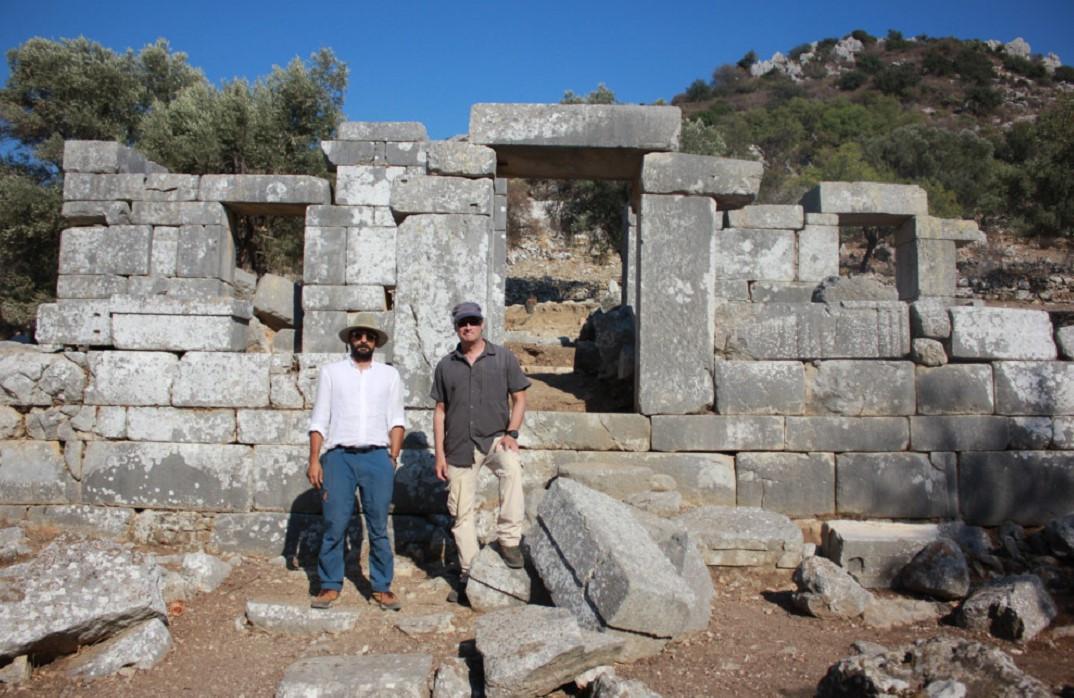
Excavations and archaeological surface research have been going on for two years in the Taşlıca area of the western province of Muğla’s Marmaris district.
In the first year of the works, three-dimensional maps of the city center were created, all movable and immovable cultural assets were recorded, and the Lower and Upper Taşlıca (Fenaket) Greek villages, which reflect the traces of the multi-layered settlement culture in the region, were documented to preserve the rural architecture.
Penn University faculty member Asil Yaman is the head of the excavations that have been continuing with a team of 20 people in the ancient city.
“Life in this city began 2,600 years ago. There was a rural life here during the Ancient Greek period, and of course life continued here during the Roman, Imperial and Byzantine periods throughout the Middle Ages. We started working in this ancient city in 2021. We are working in the Apollon Sanctuary and Kızlan Church.”
Yaman stated that the temple of Apollo was converted into a church in the following centuries, adding, “During the excavations, we saw that this structure, which served as a temple until the fifth century, was converted into a basilica planned church. It also showed us that the priests were buried in this area, which also served as a cemetery during the early Middle Ages. The absence of skulls on the skeletons found in the graves was because of a different burial tradition.”
Stating that the inscriptions and graphic data from the ancient period showed that the city was founded 2,600 years ago under the name Phoenix.
“There are many cults in the city. There are skeletons of Zeus, Athena, Aphrodite and Dionysus. And today, we carry out our studies in the Apollo Sanctuary and try to understand the chronology and settlement system of the city,” he added.